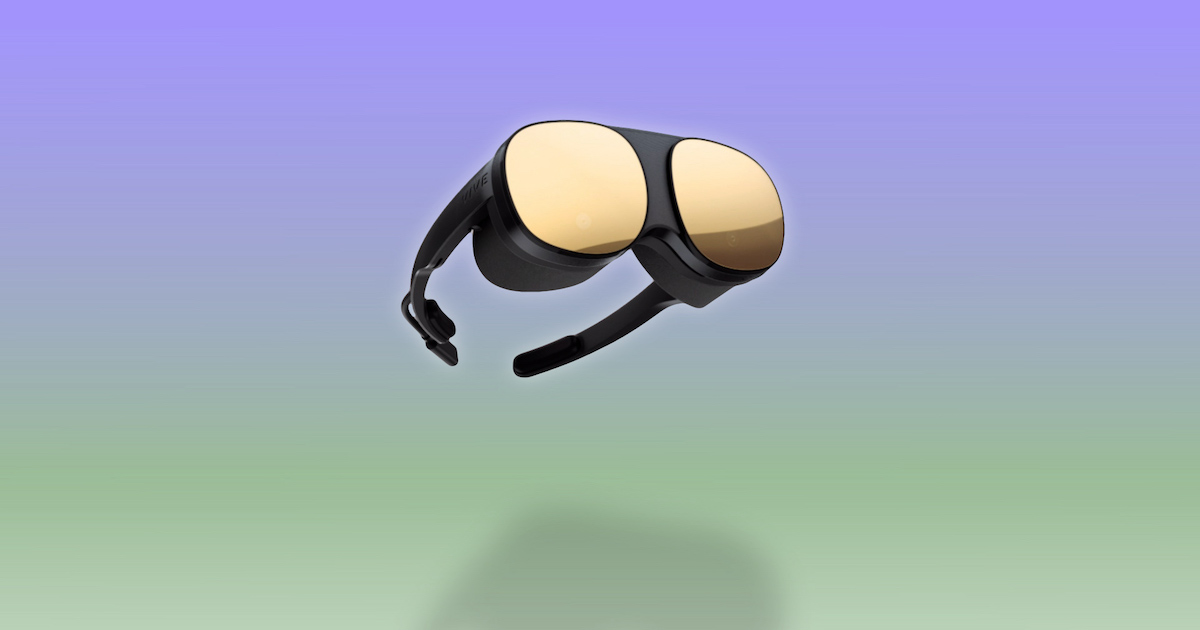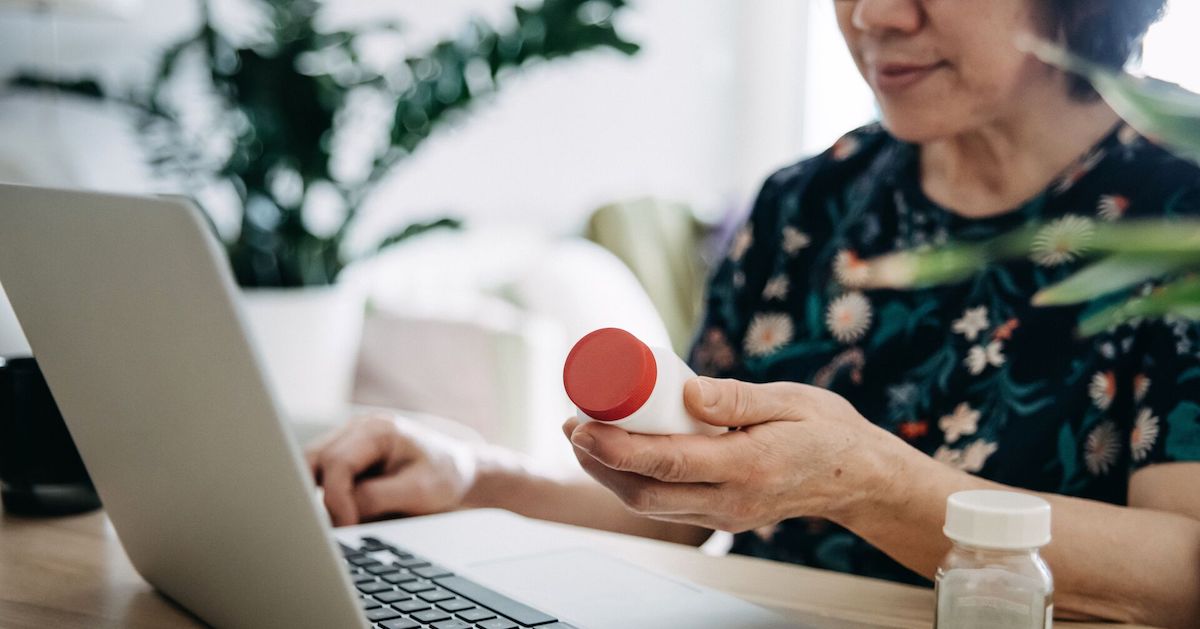Researchers from the Commonwealth Scientific and Industrial Research Organisation, in partnership with the Queensland University of Technology, have developed what could be the world’s first AI-based benchmark for measuring brain atrophy.
WHAT IT’S ABOUT
They used AI to develop a set of artificial MRI brain images with predefined signs of neurodegeneration in the cortex region, an area of the brain most affected by neurodegenerative diseases like Alzheimer’s.
The AI-based benchmark allows researchers to set the amount and location of their target brain degeneration to check how a method of cortical thickness quantification performs.
Based on findings published in the journal Medical Image Analysis, the technique can test the sensitivity of existing methods of measuring brain atrophy to a minuscule level – as little as 0.01 millimetres.
WHY IT MATTERS
Cortical atrophy, or the thinning of the brain’s cortex, can start up to ten years before clinical symptoms of Alzheimer’s appear, said CSIRO scientist Dr Filip Rusak. However, measuring its progression has been challenging as changes in the thickness of the brain’s cortex are really miniature.
“Extremely accurate methods are needed to observe these signs in brain images when they begin to appear so they can be addressed earlier rather than later,” Dr Rusak stressed.
While there are AI-based techniques for assessing the onset or progression of neurodegenerative diseases, there has been a lack of ground truth datasets to check their sensitivity. The latest development at CSIRO is filling this specific gap.
The said benchmark MRI dataset is now publicly available for use by clinicians and scientists in their own assessments of methods of quantifying cortical thickness.
CSIRO said their AI benchmarking technique can potentially lead to a “better understanding of dementia and other debilitating brain diseases.” It can also be possibly used to predict the expected level of cortical degeneration over time, it added.
THE LARGER TREND
There were other technological innovations in Alzheimer’s diagnosis that were reported in Asia-Pacific recently. Just last month, the Korea Institute of Machinery and Materials announced its development of an intraocular eye lens that can help in the early detection of Alzheimer’s. The artificial eye lens is made with a bioresponsive hydrogel that shows a Moiré pattern as a reaction to a target Alzheimer’s biomarker.
Last year, Fujifilm introduced an AI technology that predicts the progression of Alzheimer’s by analysing patterns of atrophy in the hippocampus and the anterior temporal lobe as seen in 3D MRI scans.






